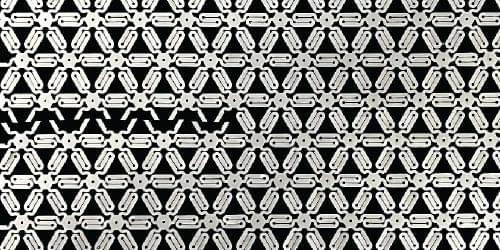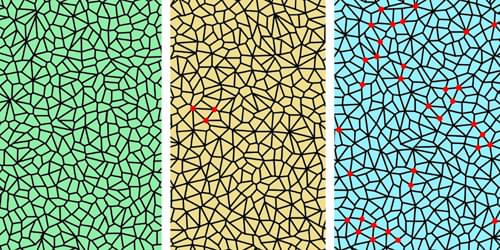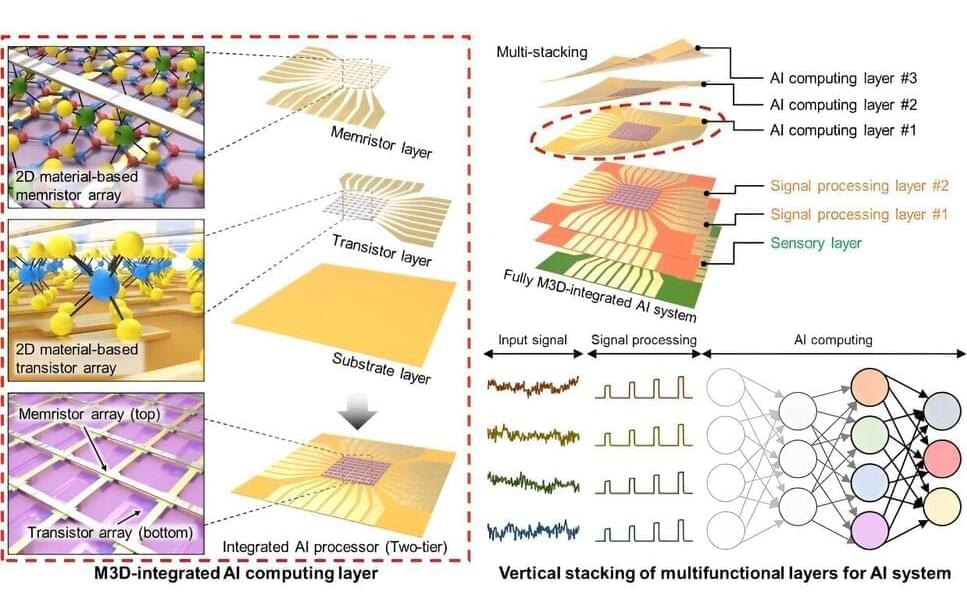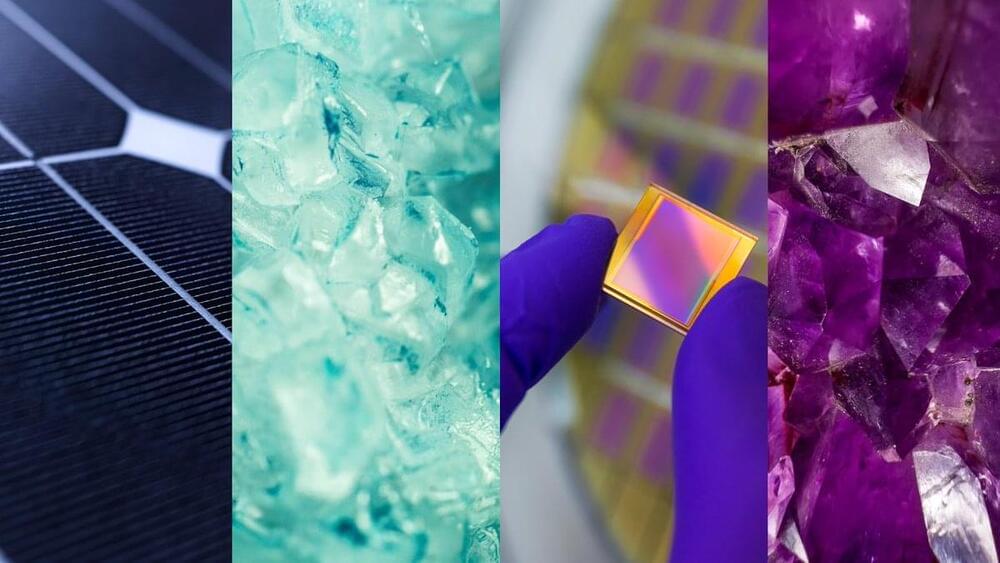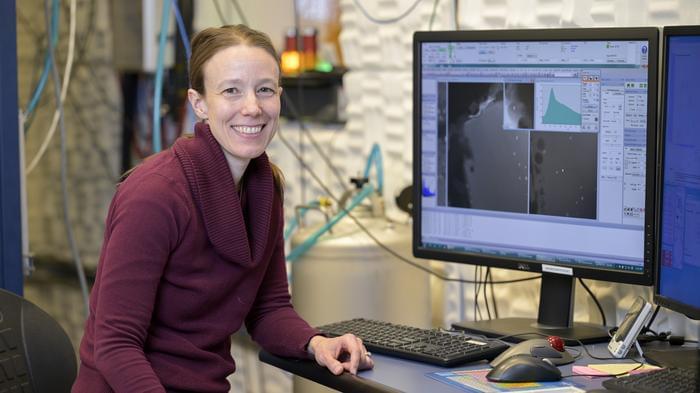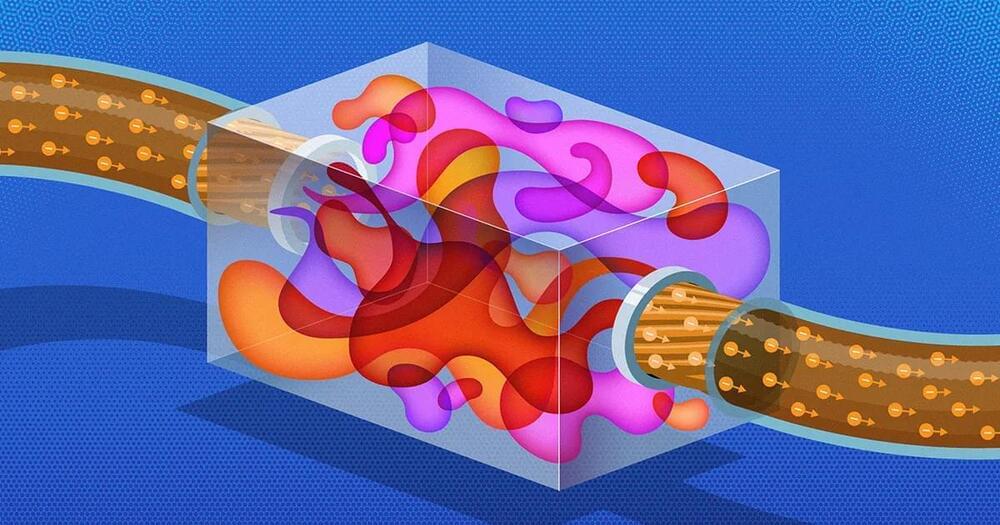The crack resistance of polymer materials is explained by a new model that incorporates a network of stretchable polymer chains.
Plastics and other polymer materials are often very resistant to cracking—a fact that models have not been able to accurately capture. Now a research team has developed a model of polymer fracture that explains how these materials remain intact under intense stretching. [1]. The key to the model is that it accounts for polymer chains that extend deep within the material and that can share the strain that would break a material with more localized chains. The insights could lead to the development of new structures with an enhanced resistance to shocks.
Researchers typically study fracture by cutting a small notch or crack into a material and then pulling it apart. The amount of work required to enlarge the crack is called the fracture energy. For most materials, the fracture energy is equal to the energy it takes to break the molecular bonds located along the crack tip, where the enlargement occurs. For polymers, the situation is more complex, as the molecules are long chains. In the 1960s, theorists came up with a model of polymer fracture based on the rupture of individual chains at the crack tip [2]. “The problem is that this model underestimates by a factor of 10 to 100 the energy required to fracture a polymer material,” says Xuanhe Zhao from the Massachusetts Institute of Technology.
